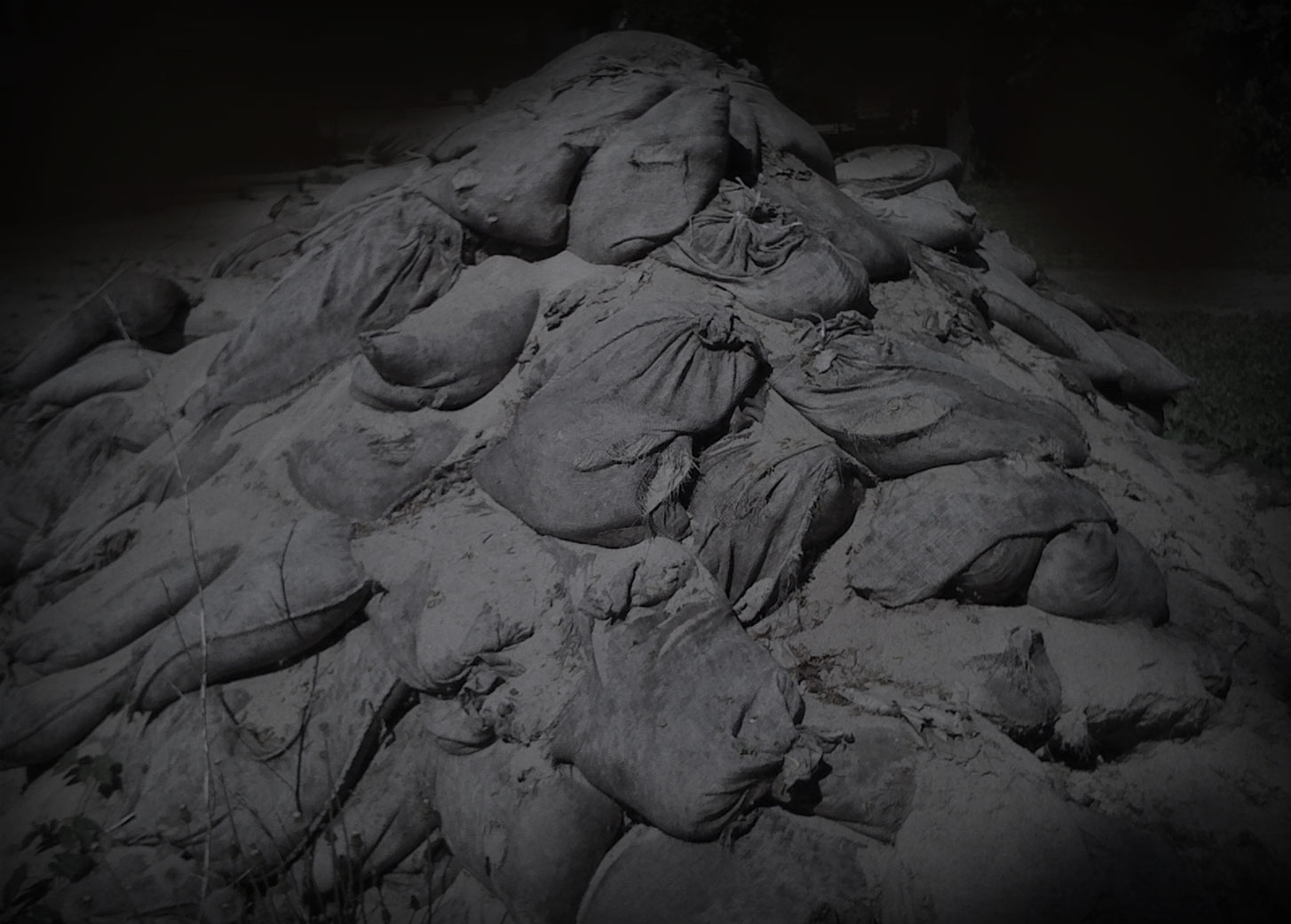

The spectacle has been inspired by the work and life of Bruno Schulza, refers both to the beauty of his prose situated on the border of the magical realism, grotesque, expressionism and originality of the vivid erotic visions form The Book of Idolatry...
The spectacle is not a simple visualisation of the literature, being its comment rather. It is as when reading a text we recall some pictures, not necessarily those strictly connected with this particular text, but the parallel ones. However, there would certainly appear the favourite motives of Bruno Schultz: masochism, fetishism, a woman as an object of lust and admiration.
Jozef – Schultz's alter ego – wanders through the time labitynth in search of his deceased father and his own identity. During his quest he reaches the places from his childhood which do not exist for a long time now, he enters the irrevocably closed already, banned areas...
The oneiric trance poetics depicts besetment and loneliness of a man in contemporary world and the pictures have their roots deep in the archaic and archetypical metaphors.
The remarkable language competences of the narrator have a causative power, ability to emanate the events, objects and the entities of the more subtle nature.
The Booke read by the lector – narrator, as a matter of fact is a main spectacle's machinery.
The puppet characters move around in an absurd world full of fear and dread. Against their background the father's adventures and the way of creating of his stage character resemble the fate of biblical patriarchs and prophets.
The banal situations, often presented in comical light, transform into a tragedy. A farce and parody mixes with a satire full of the cruel accents.
The reality is full of riddles, ambiguities and mysteries.
The spectacles structures derive from awareness of time passing, more layered experiences and the mechanics of memory. The narration is not of a linear character, the episodes are being looped and they demonstrate kaleidoscopic volatility and marginality of the plot orderliness.
The clashes of different theatrical conventions and references to the Eastern theatre, especially to Japanese Bunraku theatre are the solutions promoting anti-illusionism, overcoming the commonly used methods of narration.
In the spectacle one may distinguish various types and groups of actors and performers: the choir, orchestra, narrator, the object animators, the space animators, actors. All the elements cooperate each other maintaining a strict mutual relationship and they form a uniform whole.
The objects and machines are especially created for the sake of the spectacle and they have their own personality, they tell their own stories. The animation of objects is a very important spectacle's element (during the spectacle the Object Ballet takes place) and connected with it numerous transformations and metamorphoses of the space.
The performance was created in 2012 during the study work with a group of Rose Bruford College students.
The methods of work on the spectacle resulted from the practices of T. Kantor Cricot-2 Theatre, invoking especially to his principal idea of the autonomous theatre in which all the components of a piece of art are equally important.
The spectacle was so far presented at the following festivals: Istropolitana Project in Bratislava (where it was granted two main awards in the category: Exceptional Accomplishment and The Best Production); Fringe in Edinburgh 2012; Moscow International University Theatre Festival - Open Class: Stanislavsky Continues; Festival of Wandering Theatres in Gardzienice.
